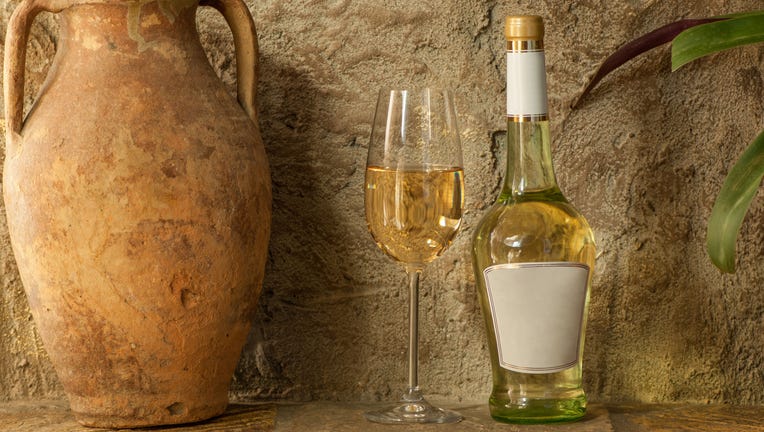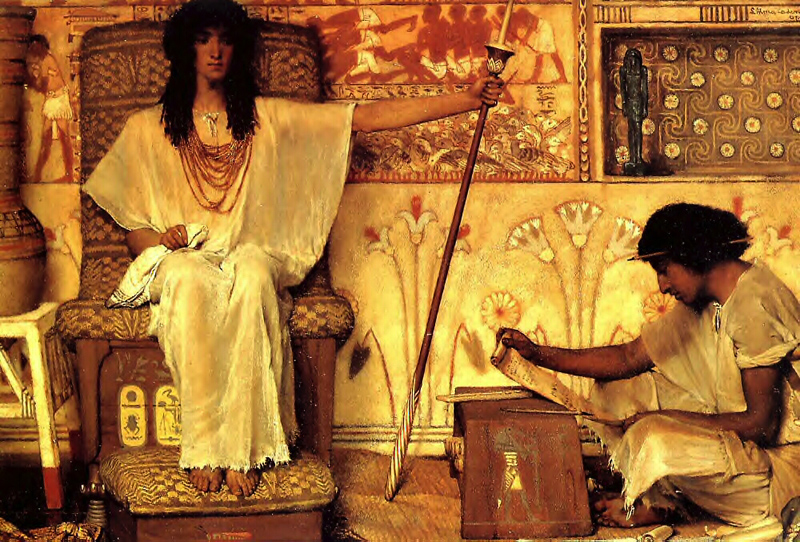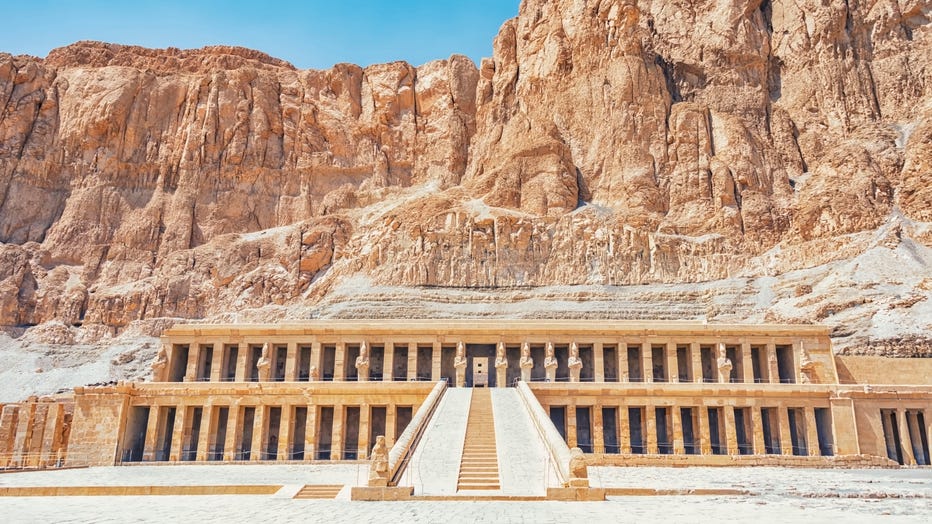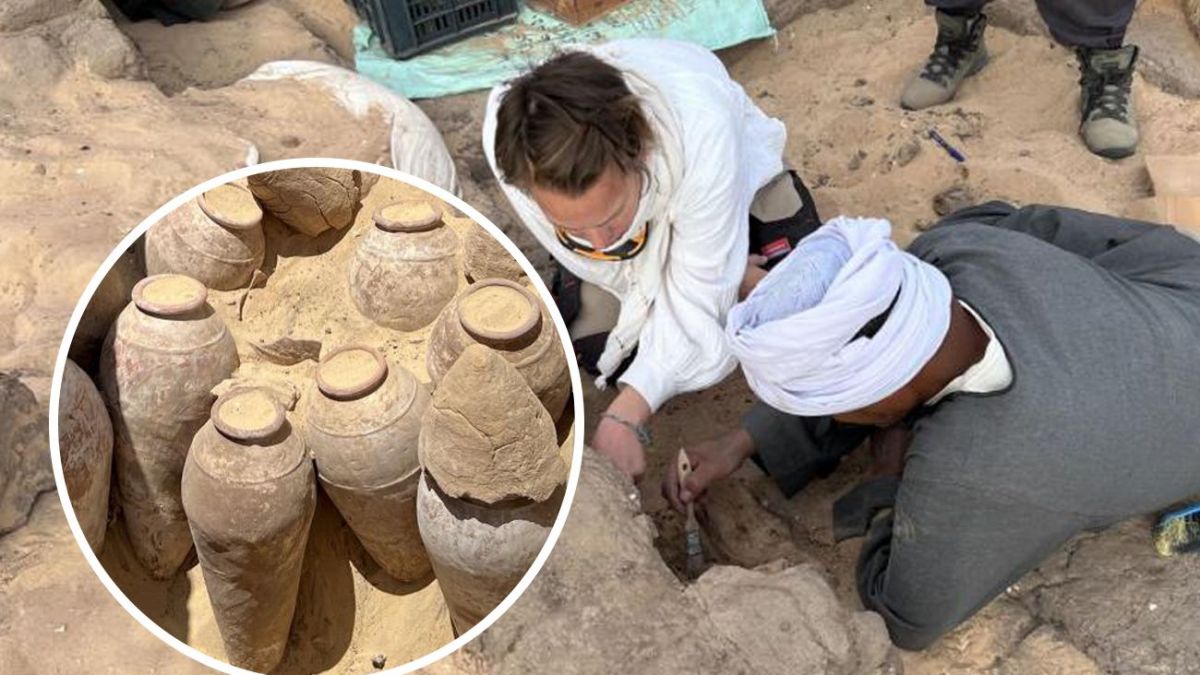In a groundbreaking archaeological discovery, a team of researchers from the University of Vienna has unearthed a collection of wine jars dating back 5,000 years inside the tomb complex of Meret-Neith, an enigmatic figure believed to be Egypt’s first female pharaoh. Located in Upper Egypt, approximately 10 km from the Nile River, this remarkable find sheds light on the wealth and significance of Queen Meret-Neith during her time around 2950 BCE.

The Wine Cache
The team of international scientists uncovered hundreds of well-preserved wine jars, some of which remained sealed, providing a unique glimpse into the ancient Egyptian culture of the early dynastic period. The sheer quantity of wine buried alongside Queen Meret-Neith suggests not only her opulence but also her importance, possibly indicating a position of power within the society.

Meret-Neith: Queen and Perhaps Pharaoh
Meret-Neith, who reigned around 5,000 years ago, is speculated to have served as the first female pharaoh of Egypt. The discovery of her tomb and the lavish wine storage within it adds weight to this hypothesis. Archaeologists believe that the sealed jars may have been included in her burial as a symbol of her status and authority. Alongside the wine jars, grape seeds and remnants of the wine were also found, offering insights into the viticulture practices of ancient Egypt.

Royal Responsibilities
Inscriptions within the tomb complex revealed that Meret-Neith held crucial offices such as overseeing the royal treasury. This finding supports the notion that she played a pivotal role in the governance and administration of the ancient Egyptian state. The intricate nature of her monument, constructed using brick, clay, and wood, suggests careful planning and architectural sophistication.

Monumental Complex and Intervals of Construction
The team employed cutting-edge archaeological technology to study the construction of Meret-Neith’s monument. The complex, which includes the tombs of 41 courtiers and servants buried alongside her, was not built simultaneously but in intervals. This staggered construction process raises questions about the reasons behind it and provides additional avenues for understanding the ancient Egyptian burial practices and rituals.

Honoring the Queen: Courtiers and Servants
Analysis of the tomb complex indicates that the courtiers and servants were buried with Queen Meret-Neith as an honor. This practice aligns with ancient Egyptian beliefs in the afterlife, where loyal companions and servants were interred to accompany their ruler in the journey beyond. The tomb’s rediscovery has rekindled interest in the burial customs of ancient Egypt and the significance attached to the entourage of the ruling elite.

The unveiling of the 5,000-year-old wine storage in the tomb of Queen Meret-Neith not only provides a fascinating glimpse into the opulent lifestyle of ancient Egyptian royalty but also fuels speculation about her role as Egypt’s first female pharaoh. As researchers continue to explore and analyze the artifacts and inscriptions within the tomb complex, the mysteries surrounding Queen Meret-Neith’s true identity and historical significance may gradually be unraveled, shedding new light on the rich tapestry of ancient Egyptian history.